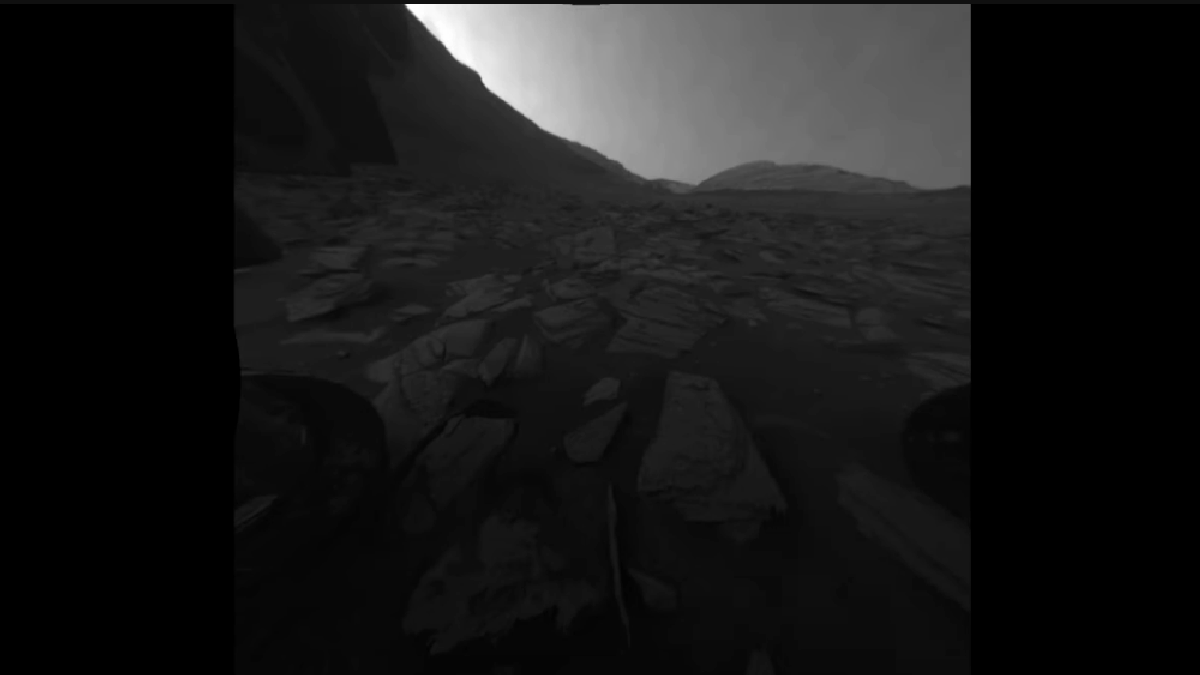
What were you doing on November 8, 2023? I couldn’t say for myself, but I can tell you what NASA’s Curiosity rover was doing: sitting still on its 4,002nd day on Mars, taking snapshots of the Martian surface.
Now, mission team members at Jet Propulsion Laboratory have stitched together two series of frames from the rover’s front and rear Hazcams to create a unique video capturing time’s passage on the Red Planet.
Advertisement
The Hazcams—short for Hazard-Avoidance Cameras—are used by rover drivers to navigate the tricky Martian terrain, which is covered with rocks, slopes, and other obstacles. But the rover’s operations were curtailed just before Mars’ solar conjunction, when solar activity can disrupt radio communications between Earth and the rover.
Advertisement
During the window between rover operations being suspended and the conjunction, the Curiosity team recorded 12 hours of images on both Hazcams. The 25-frame videos catalog views of Mars’ Gale Crater between 5:30 a.m. and 5:30 p.m. local time on November 8, 2023.
Advertisement
The front Hazcam’s view looks along Gediz Vallis, a valley on the 18,000-foot Mount Sharp. The rear Hazcam image looks toward the Gale Crater floor from the slopes of Mount Sharp, which juts out from the 96-mile-wide crater. Curiosity has taken its fair share of beautiful images from the mountain’s slopes, as well as of intriguing rock formations.
Later in the day, the camera’s exposure times are over a minute, which causes noise in the images that look a bit like snow. (We can assure you, it is not snowing on Mars.) Around eight seconds into the Rear Hazcam view, a cosmic ray hit the camera sensor, causing a black splotch in the image.
Advertisement
Other visual artifacts may be due to Martian dust that has settled on the camera lenses over Curiosity’s 11-year tenure on the planet. And though the Hazcam views capture Mars in black-and-white, NASA publishes plenty of color images taken by Curiosity.
Curiosity keeps trudging along on Mars’ surface thanks to the dogged work of NASA engineers. Earlier this year, the rover got a major software update—the first significant one since 2016—which scientists hope will increase its driving speed and reduce wear on its wheels, which may keep the mission active for even more years to come.
Advertisement
More: Go on a Panoramic Video Tour of Mars With the Curiosity Rover
Services Marketplace – Listings, Bookings & Reviews